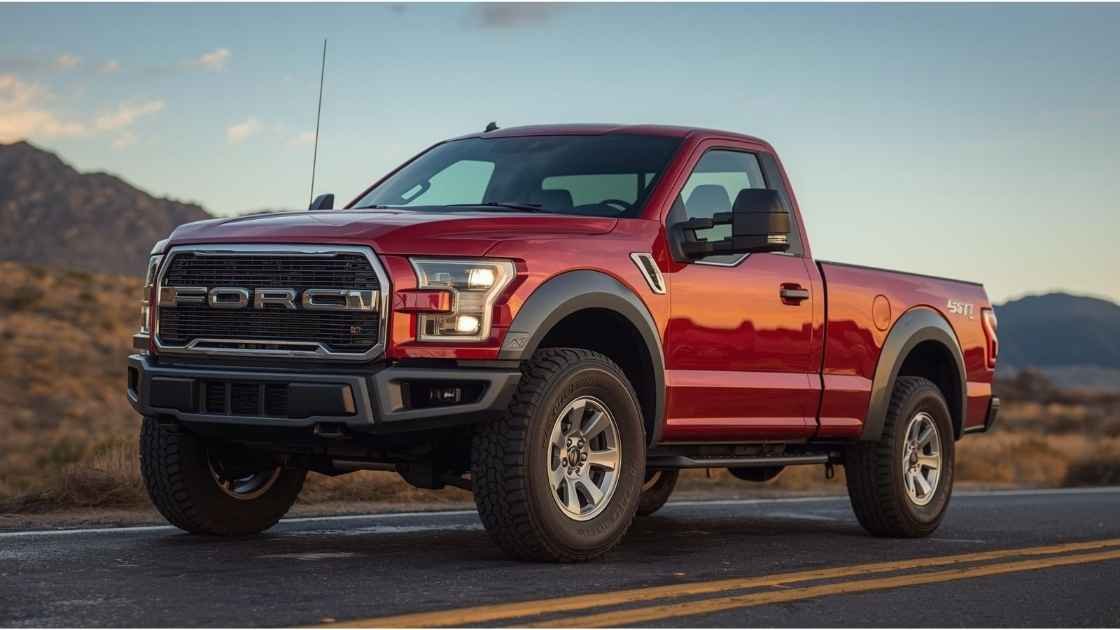The American auto industry has always been driven by innovation, power, and practicality—and nowhere is this more evident than in the SUV and truck segments. As we move through 2025, these vehicles are not just about rugged performance or spacious interiors anymore; they’re evolving into smarter, more efficient, and more sustainable machines that reflect modern lifestyles. From electrification to advanced safety tech and bold design shifts, the landscape of American SUVs and trucks is rapidly changing.
1. Electrification Is Redefining Performance
Electric vehicles are no longer niche; they’ve become central to automotive strategy in the U.S. Major manufacturers are investing heavily in electric SUVs and trucks that rival or even surpass their gas-powered predecessors.
Ford’s F-150 Lightning, Chevy’s Silverado EV, and Ram’s REV series are proof that electric trucks can deliver high torque, impressive towing capacities, and quick acceleration—all while reducing emissions. Similarly, electric SUVs are making waves with longer ranges and faster charging times, making them practical for families and adventurers alike.
Dealers like Link CDJR are at the forefront of this transformation, offering hybrid and plug-in models that combine the strength of traditional trucks with the efficiency of new-age technology. The shift isn’t just about going green—it’s about reimagining what American performance looks like in the modern era.
2. Smart Technology Takes the Wheel
The 2025 lineup of SUVs and trucks showcases how technology is now integral to every driving experience. Features once considered luxuries—like adaptive cruise control, automatic emergency braking, and lane-keeping assistance—are becoming standard.
But the new wave of tech goes even further. Advanced driver-assistance systems (ADAS) are paving the way toward semi-autonomous driving, while over-the-air software updates ensure that vehicles remain current with the latest features and security patches.
Infotainment systems are evolving too, with intuitive voice controls, larger touchscreens, and seamless smartphone integration. Drivers expect connectivity on the go, and automakers are responding by turning vehicles into digital command centers—ideal for both business and adventure.
3. Rugged Meets Refined: A Design Evolution
The American SUV and truck aesthetic has always emphasized boldness and durability. However, 2025 brings a more refined approach to that tradition. Modern designs balance muscular exteriors with aerodynamic efficiency, ensuring that power doesn’t come at the cost of performance or fuel economy.
Inside, the evolution is even more striking. Premium materials, noise-canceling cabins, and customizable digital dashboards redefine comfort and sophistication. Buyers today want a vehicle that transitions seamlessly from work to recreation—and manufacturers are responding with designs that reflect that dual purpose.
Whether it’s a family SUV with panoramic sunroofs and third-row seating or a high-strength truck ready for off-road terrain, versatility is the new standard.
4. Sustainability Beyond the Powertrain
While electrification gets most of the spotlight, sustainability in 2025 extends far beyond engines and batteries. Automakers are rethinking every stage of production—from recycled interior fabrics to eco-friendly manufacturing processes.
SUVs and trucks are now being built with lighter materials such as aluminum and carbon composites, improving fuel efficiency without compromising strength. Even interior components, like vegan leather alternatives and plant-based plastics, are gaining traction.
The American auto industry’s push toward sustainability reflects a growing consumer demand for vehicles that align with environmental values without sacrificing capability.
5. The Rise of Personalization and Lifestyle Integration
Another defining trend for 2025 is personalization. Consumers want vehicles that fit their unique lifestyles, whether they’re weekend campers, urban commuters, or small business owners.
Manufacturers are responding with customizable trims, modular accessories, and technology packages that let buyers tailor vehicles to their needs. From integrated storage systems and roof tents to specialized towing setups, SUVs and trucks are becoming more than just transportation—they’re lifestyle companions.
This flexibility extends to digital experiences too. Cloud-based user profiles, smart navigation systems, and predictive maintenance alerts ensure that every trip feels uniquely personal and effortless.
Conclusion
The future of American SUVs and trucks in 2025 is about balance—between power and efficiency, tradition and innovation, utility and luxury. As technology and sustainability reshape the industry, drivers are gaining access to vehicles that don’t just perform well but also reflect modern values.




